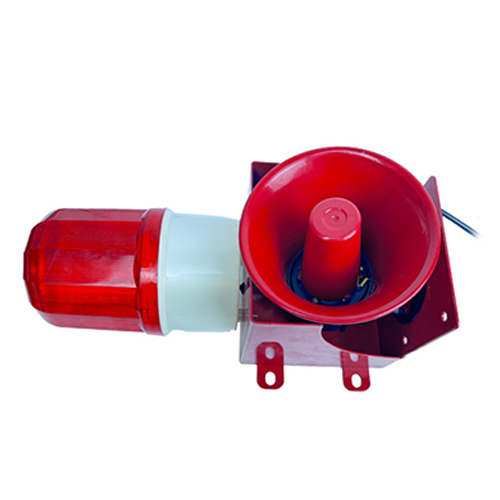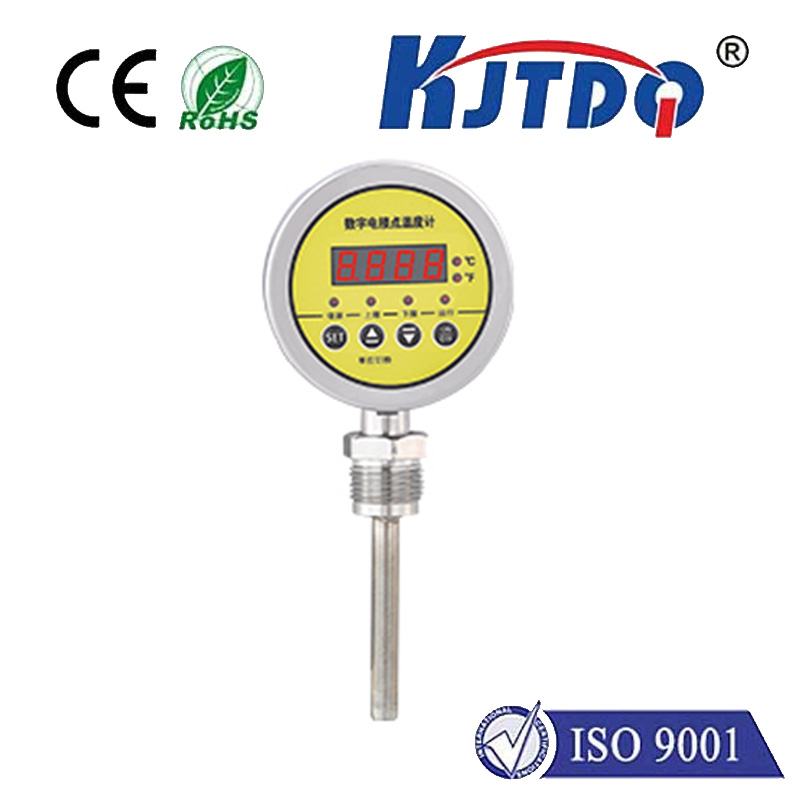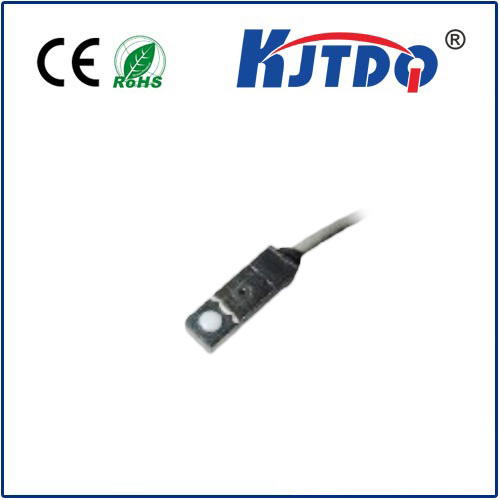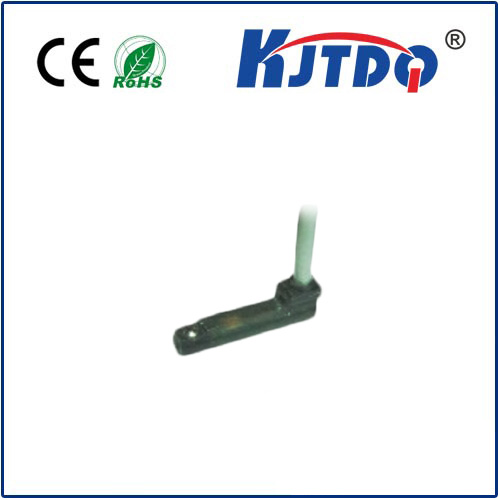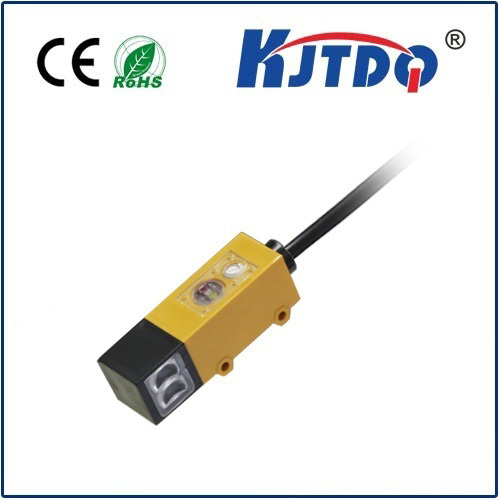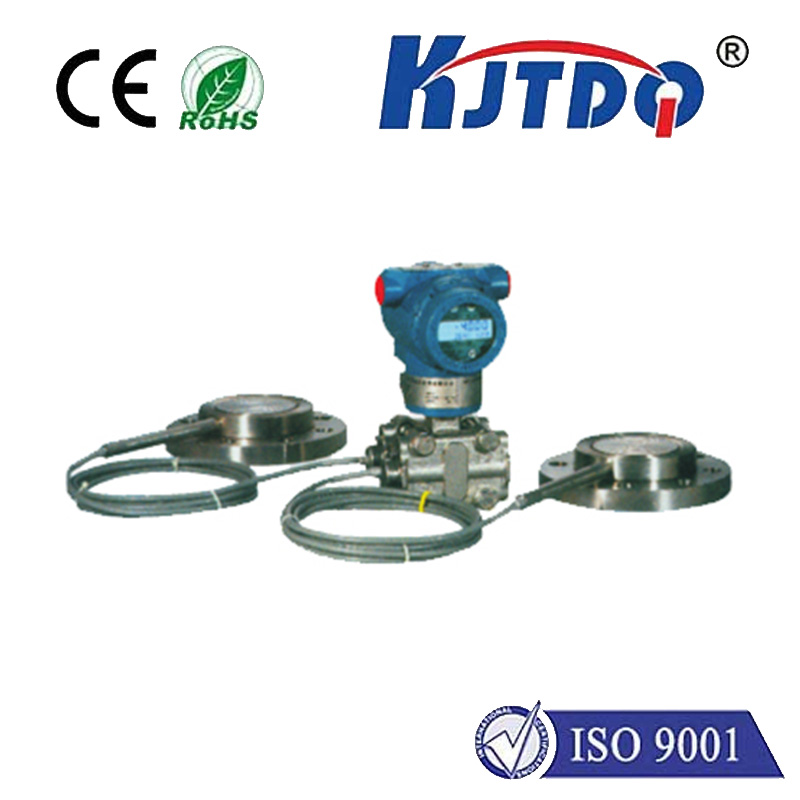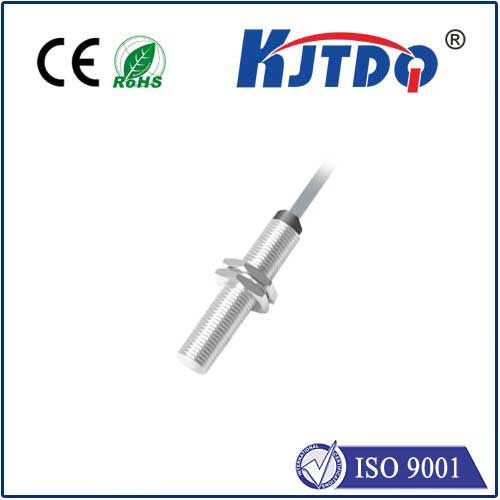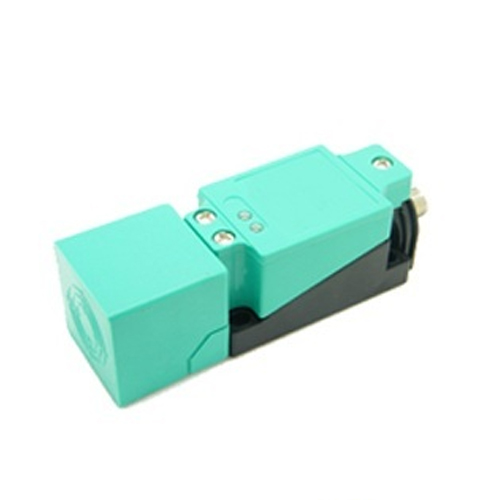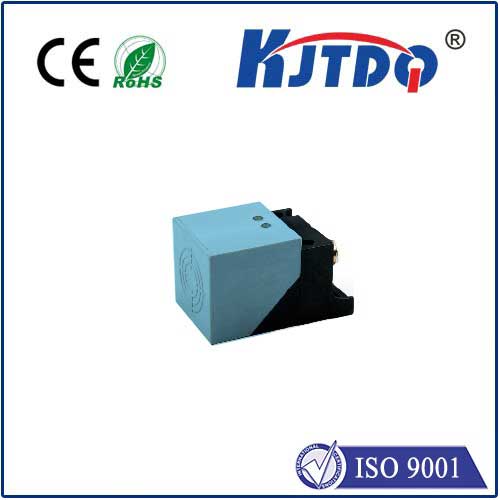

check

check

check

check

check

check

check

check

check

check
Title: The Importance of Panel Limit Switches in Industrial Control Systems
In industrial control systems, panel limit switches play a crucial role in ensuring the safe and efficient operation of machinery. These switches are designed to monitor the position of the control panel and provide an indication when the panel has reached its maximum or minimum travel distance. This helps prevent damage to equipment and ensures that operators can easily identify when to stop or adjust the controls for optimal performance.
There are several types of panel limit switches available, including 3-position, 5-position, and 12-position switches. Each type offers different levels of accuracy and control over the panel's movement. For example, a 3-position switch can be set to either limit the panel's movement to two positions (fully open or fully closed) or allow it to move freely within its range. A 5-position switch provides even more precision, allowing for precise control over the panel's travel.
One of the key benefits of using panel limit switches is their ability to improve safety in hazardous environments. By monitoring the position of the control panel, these switches can help prevent accidents by alerting operators when the panel has reached its maximum travel distance. This can be especially important in applications where equipment may be prone to mechanical failure or other hazards.
Another advantage of panel limit switches is their ease of installation and maintenance. These switches are typically mounted on the control panel itself, making them easy to access and replace if needed. They also require minimal wiring, which reduces the risk of electrical hazards and simplifies the overall wiring system.
In conclusion, panel limit switches are an essential component of industrial control systems that help ensure safe and efficient operation of machinery. Their precise monitoring capabilities and improved safety features make them a popular choice for many industries, including manufacturing, transportation, and energy production.
